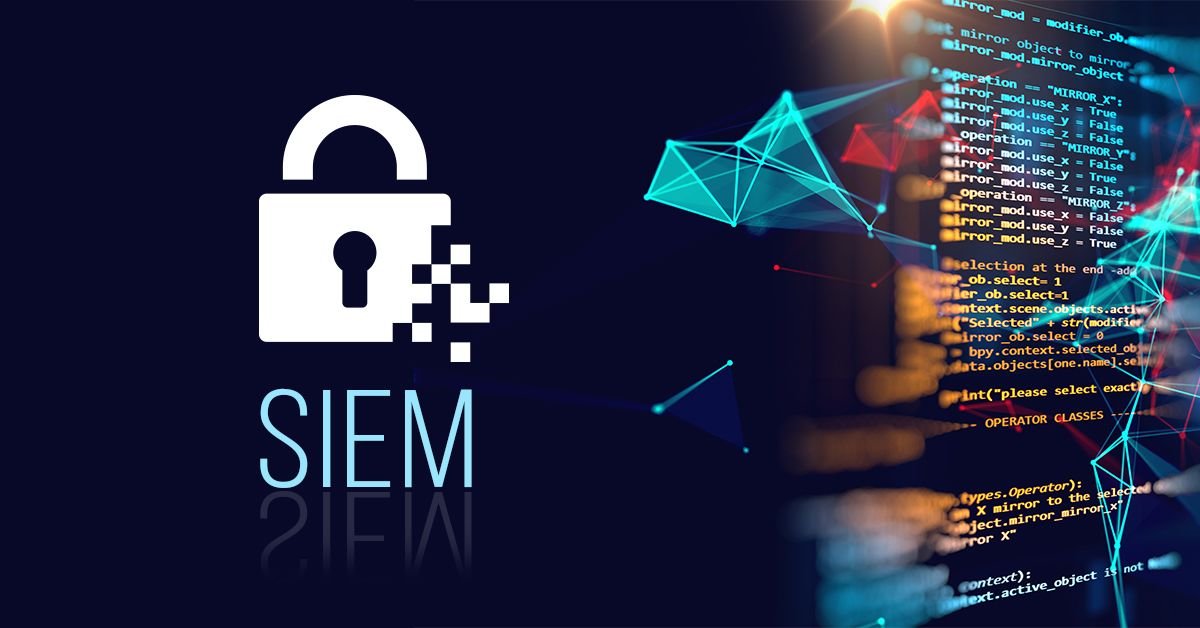
Security Information and Event Management (SIEM) is a cybersecurity strategy that involves the collection, analysis, and reporting of security-related data from multiple sources. The goal of SIEM is to provide organizations with a comprehensive view of their security posture. SIEM consequently alerts them to potential threats in real-time.
SIEM systems typically consist of three main components: data collection, data analysis, and reporting and alerting.
Data collection:
This involves gathering security-related data from various sources such as firewalls, intrusion detection systems, and log files. Then for analysis, a central repository stores this data. It is important for organizations to have a robust and reliable data collection process in place. The quality and completeness of the data impact the accuracy of analysis as well as the effectiveness of the SIEM system.
Data analysis:
The collected data undergoes further analysis with a set of predefined rules and algorithms. A set of predefined rules and algorithms are used to analyze the collected data in order to find patterns and trends that might point to a security threat. The analysis is done using a variety of techniques that include anomaly detection, rule-based analysis, and machine learning. It is important for organizations to have a clear understanding of their security posture and the types of threats they are most likely to encounter, as this will help them to define the rules and algorithms used for analysis.
Reporting and alerting:
SIEM systems generate reports and alerts based on the data collected and analyzed. The generated reports along with the alerts are then sent to security analysts and other relevant personnel. This Reporting allows them to take action to mitigate potential threats. It is important for organizations to have a clear and effective process in place for responding to alerts, as this will help to minimize the impact of potential threats on their operations.
What are the Benefits of SIEM?
One of the main benefits of SIEM is its ability to provide organizations with a holistic view of their security posture. By aggregating data from multiple sources, SIEM systems can provide a more comprehensive picture of an organization’s security posture than any individual security tool can. This allows organizations to identify and prioritize potential threats, and to respond to them in a timely manner.
SIEM systems can also help organization Security Information and Event Management (SIEM)ons meet compliance requirements by providing a central location for storing and analyzing security-related data. This can make it easier for organizations to demonstrate compliance with various regulations and standards.
The Factors for SIEM Implementation:
There are several factors that organizations should consider when implementing a SIEM system. These include:
- Data sources: It is important for organizations to identify the types of data that are relevant to their security posture. Also to ensure that they have the necessary tools and processes in place to collect this data.
- Data storage: Organizations should have a clear understanding of how they will store and manage the data collected by their SIEM system. This includes considerations such as data retention policies and the use of data archiving.
- Data analysis: Organizations should have a clear grasp of the type of threats they may encounter. Equally the algorithms and rules to be used for analysis is also important. They should also consider the use of machine learning and other advanced techniques to improve the accuracy and effectiveness of their SIEM system.
- Reporting and alerting: Organizations should have a clear process in place for responding to alerts. In addition a process for managing the reporting of security-related events. This should include considerations such as the frequency of reports, the types of data included in the reports, and the distribution of the reports to relevant personnel.
There are different ways to deploy a SIEM system. The deployment of SIEM includes as a standalone solution or as part of a larger security architecture. In some cases, organizations may choose to outsource the management of their SIEM system to a third-party provider.
In summary, SIEM is a valuable tool for organizations looking to improve their security posture and meet compliance
Authors – Shashank Ghimire and Subin Shrestha
To read more from us do read our additional blog posts.

